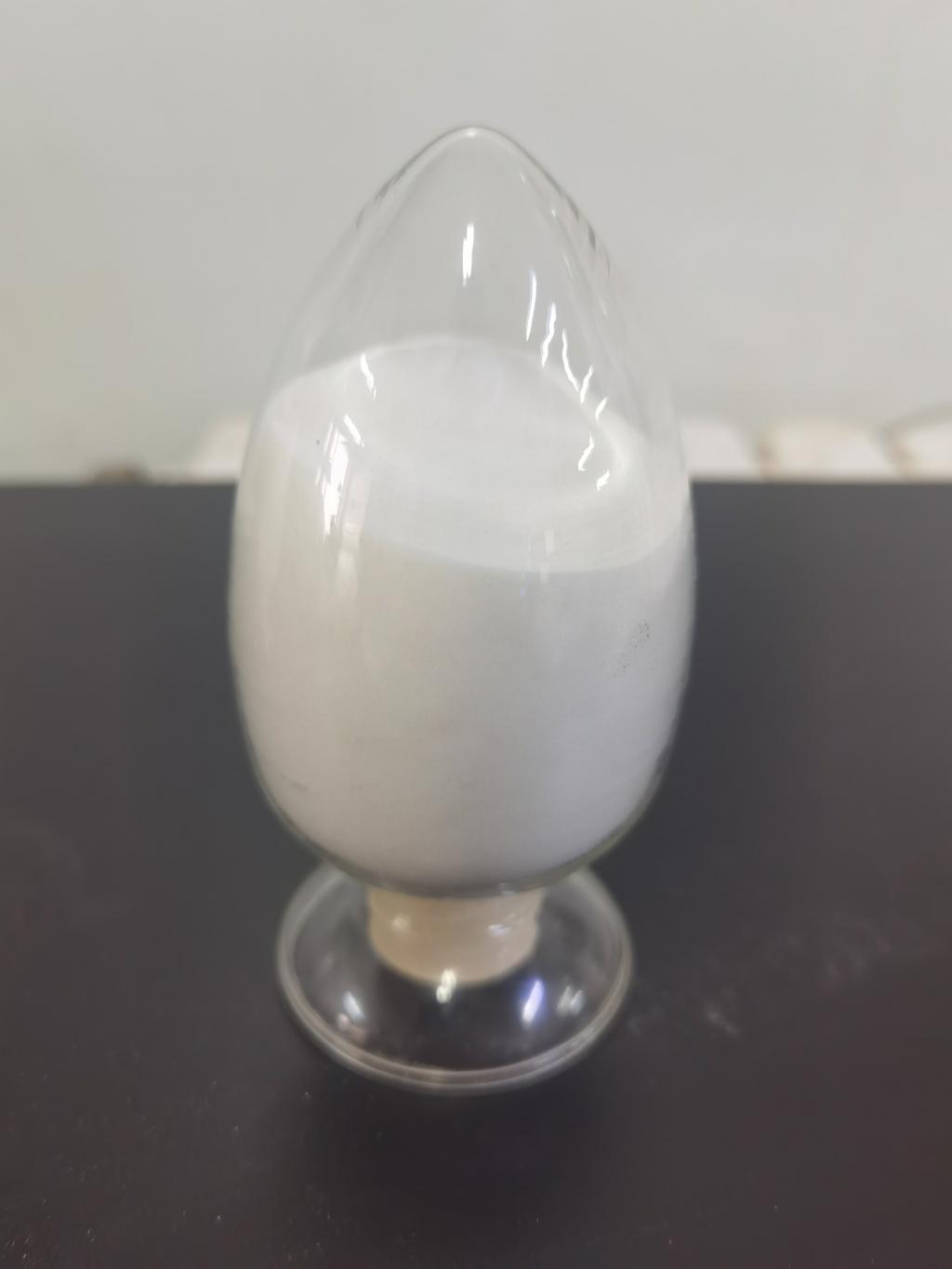Tel:+8618231198596

News
 CONTACT
CONTACT
 CONTACT
CONTACT
- Linkman:Linda Yao
- Tel: +8618231198596
- Email:linda.yao@dcpharma.cn
- Linkman:CHARLES.WANG
- Department:Overseas
- Tel: 0086 0311-85537378 0086 0311-85539701
News
The use of ε-Polylysine hydrochloride in agricultural applications.
TIME:2024-03-19
Understanding ε-Polylysine Hydrochloride:
ε-Polylysine hydrochloride is a biopolymer derived from microbial fermentation, notably from strains of Streptomyces albulus. Comprising multiple lysine residues linked together, it exhibits potent antimicrobial properties and is widely used as a food preservative. However, its potential applications in agriculture have attracted attention due to its ability to inhibit the growth of various pathogens and pests that threaten crop health.
Mechanisms of Action:
ε-Polylysine hydrochloride exerts its antimicrobial effects primarily by disrupting the cell membranes of target organisms, leading to cell lysis and death. This mechanism of action makes it effective against a broad spectrum of bacteria, fungi, and certain viruses that cause diseases in crops. By targeting specific pathogens while minimizing harm to beneficial microorganisms and the environment, ε-Polylysine hydrochloride offers a targeted and sustainable approach to crop protection.
Benefits of ε-Polylysine Hydrochloride in Agriculture:
Effective Disease Control: ε-Polylysine hydrochloride has demonstrated efficacy in controlling various plant diseases caused by bacterial, fungal, and viral pathogens. Its ability to inhibit the growth and spread of these pathogens helps protect crops from infections and reduce yield losses.
Reduced Environmental Impact: Unlike some conventional pesticides that may pose risks to human health and the environment, ε-Polylysine hydrochloride is derived from natural sources and exhibits low toxicity. Its biodegradability and minimal environmental persistence contribute to a reduced environmental footprint in agricultural practices.
Compatibility with Integrated Pest Management (IPM): ε-Polylysine hydrochloride can be integrated into IPM programs, which emphasize a holistic approach to pest management that combines biological, cultural, physical, and chemical control methods. By incorporating ε-Polylysine hydrochloride into IPM strategies, farmers can reduce reliance on synthetic pesticides and minimize the development of pesticide resistance among target pests.
Residue-Free Crop Protection: The use of ε-Polylysine hydrochloride in crop protection leaves minimal residues on harvested produce, addressing concerns about pesticide residues in food and ensuring consumer safety. This residue-free characteristic enhances the marketability of agricultural products and aligns with consumer preferences for clean and sustainable food.
Potential for Organic Farming: ε-Polylysine hydrochloride's natural origin and compatibility with organic farming practices make it a promising option for organic growers seeking effective and environmentally friendly alternatives to synthetic pesticides. Its inclusion in organic farming systems supports the principles of ecological sustainability and biodiversity conservation.
Challenges and Considerations:
While ε-Polylysine hydrochloride holds promise for crop protection in agriculture, several challenges and considerations must be addressed:
Formulation and Application: Developing stable formulations of ε-Polylysine hydrochloride for agricultural use, as well as optimizing application methods and timing, are critical for ensuring efficacy and practicality in field conditions. Research and development efforts are needed to overcome technical challenges related to formulation stability, compatibility with other inputs, and delivery mechanisms.
Regulatory Approval: The regulatory approval process for ε-Polylysine hydrochloride as a crop protection agent may vary among countries and regions. Obtaining regulatory approval requires comprehensive safety assessments and compliance with applicable regulations and standards. Collaboration between researchers, industry stakeholders, and regulatory authorities is essential to navigate the regulatory landscape and facilitate market access for ε-Polylysine hydrochloride-based products.
Cost-effectiveness: The cost of production, formulation, and application of ε-Polylysine hydrochloride-based products may influence their adoption by farmers, particularly in regions with limited financial resources or infrastructure. Assessing the cost-effectiveness and economic feasibility of ε-Polylysine hydrochloride in comparison to conventional pesticides is essential for promoting its widespread use in agriculture.
Resistance Management: While ε-Polylysine hydrochloride offers a novel mode of action against pathogens, there is a risk of resistance development over time. Implementing resistance management strategies, such as rotating or combining ε-Polylysine hydrochloride with other control methods, is essential for preserving its effectiveness and prolonging its utility as a crop protection tool.
Knowledge Transfer and Adoption: Promoting awareness, education, and training on the benefits and best practices for using ε-Polylysine hydrochloride in agriculture is crucial for its successful adoption by farmers. Extension services, farmer cooperatives, and agricultural advisors play a vital role in disseminating information, providing technical support, and facilitating knowledge transfer to end-users.
Conclusion:
ε-Polylysine hydrochloride holds significant promise as a sustainable and effective tool for crop protection in agriculture. Its natural origin, broad-spectrum antimicrobial activity, and compatibility with integrated pest management approaches position it as a valuable asset for addressing plant diseases while minimizing environmental impact and ensuring food safety. However, further research, innovation, and collaboration are needed to overcome technical, regulatory, and economic challenges and unlock the full potential of ε-Polylysine hydrochloride in agricultural applications. By harnessing the benefits of ε-Polylysine hydrochloride, farmers can enhance crop resilience, improve yield stability, and contribute to the sustainability and resilience of agricultural systems in a changing world.
- Tel:+8618231198596
- Whatsapp:18231198596
- Chat With Skype







